Ovid’s Metamorphoses
Born to a prosperous Roman family in 43 B.C., Ovid is widely recognized as the wittiest poet of antiquity. His literary genius is akin to that of Horatius and Virgil, and his stories proved deeply influential to authors, including Dante and Boccaccio, and Western tradition at large. Metamorphoses, his magum opus, is a narrative poem that begins with the creation of the world; it tells many Greek myths including Perseus and Andromeda, Medea and Aeson, Achilles and Aeneas, and ends with the apotheosis of Julius Caesar. Much of Ovid’s treatment of Greek mythology has become canonical in western culture, for instance by the fusion of the myths of Narcissus and the nymph Echo (Kenney xxiv). Among these accounts is that of Pygmalion, the myth of a jaded man who carved a woman out of ivory and fell in love with his creation. After asking Aphrodite (Venus in some translations) for a bride that resembled his “ivory girl,” he returned home to find his statue come to life. The images from selected editions focus on the central themes of the work: transformation and change. In all three images below, we witness the metamorphoses central to the story, that of Pygmalion, from creator to lover, and the statue, from ivory object to woman. The images draw the eyes to the three main events in the story, inviting the viewer’s gaze to mimic the constant shift present in the poem.
Works Cited: Kenney, E.J. Introduction. Metamorphoses, by Ovid, translated by A.D. Melville, Oxford UP, 1986.
Rabe, Feyrabend und Han, Frankfurt (1564)
Diego Fernández de Córdoba, Valladolid (1589)
Ioannem Moretum, Antwerp (1591)
Pedro Bellero, Antwerp (1595)
Crispijn van de Passe, Cologne (1607)
Sir Samuel Garth, Dublin (1727)
Sir Samuel Garth, London (1736)
Imprenta Real, Madrid (1805)
Imprenta Real, Madrid (1819)
A.S. Barnes & Co, New York City (1857)
Collection PDFs
English
Sir Samuel Garth, Dublin (1727) Vol.1 Pt. 1
Sir Samuel Garth, Dublin (1727) Vol.1 Pt. 2
Sir Samuel Garth, Dublin (1727) Vol. 2 Pt. 1
Sir Samuel Garth, Dublin (1727) Vol. 2 Pt. 2
Sir Samuel Garth, London (1736) Vol.1
Sir Samuel Garth, London (1736) Vol. 2 Pt. 1
Sir Samuel Garth, London (1736) Vol. 2 Pt. 2
A.S. Barnes & Co., New York City (1857) Pt. 1













